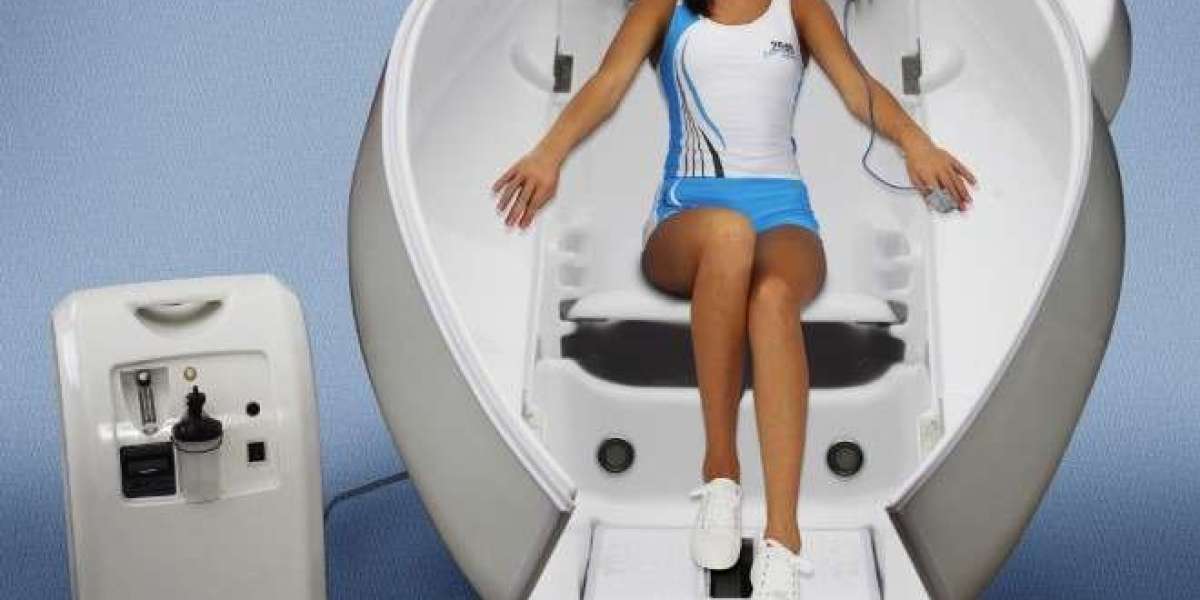HOCATT, or Hyperthermic Ozone and Carbonic Acid Transdermal Therapy, is gaining popularity as a holistic wellness treatment that combines multiple therapies to promote health and well-being. While many individuals have reported positive experiences with HOCATT, it is crucial to explore its potential side effects. This article will delve into what HOCATT side therapy is, its intended benefits, and the side effects that may arise during treatment.
What is HOCATT Therapy?
HOCATT therapy involves using a specialized sauna-like chamber that delivers a unique combination of ozone, carbonic acid, and heat. The therapy aims to enhance detoxification, improve circulation, boost immune function, and promote overall health. Users typically sit in the chamber for about 30-45 minutes, during which the body is exposed to the therapeutic elements.
Benefits of HOCATT Therapy
Many advocates of HOCATT therapy highlight its various benefits, including:
- Detoxification: The heat and ozone combination is believed to facilitate the elimination of toxins from the body.
- Pain Relief: Users often report reduced pain and inflammation, making it appealing for individuals with chronic pain conditions.
- Enhanced Skin Health: The therapy can promote improved skin tone and texture by increasing blood flow and encouraging cellular regeneration.
- Relaxation and Stress Relief: The sauna-like environment helps users relax, reducing stress levels and promoting a sense of well-being.
Despite these benefits, potential side effects should not be overlooked.
Common Side Effects of HOCATT Therapy
While many individuals tolerate HOCATT therapy well, some may experience side effects. Understanding these potential reactions can help users make informed decisions about their treatment. Common side effects include:
1. Skin Irritation
Some users may experience skin irritation, including redness, itching, or a rash, especially in sensitive individuals or those with existing skin conditions. This is usually temporary and resolves after the treatment session.
2. Nausea and Dizziness
A minority of users report feelings of nausea or dizziness during or after a HOCATT session. These symptoms may result from the detoxification process or the effects of ozone exposure. Staying hydrated and taking breaks during the session can help alleviate these feelings.
3. Headaches
Headaches can occur as a side effect of HOCATT therapy, often attributed to detoxification or sensitivity to ozone. Ensuring proper hydration before and after treatment can mitigate this risk.
4. Respiratory Issues
Some individuals may experience respiratory discomfort due to ozone exposure. People with pre-existing respiratory conditions, such as asthma, should consult with their healthcare provider before undergoing HOCATT therapy.
5. Fatigue
While many users feel invigorated post-treatment, others report temporary fatigue. This may be related to the body’s detoxification efforts, and rest is often recommended afterward.
Who Should Avoid HOCATT Therapy?
HOCATT therapy may not be suitable for everyone. Individuals with certain health conditions should exercise caution or avoid the treatment altogether. These conditions include:
- Pregnancy: Pregnant individuals should refrain from HOCATT therapy due to potential risks to the fetus.
- Severe Cardiovascular Issues: Those with significant heart conditions should consult a healthcare provider before participating in HOCATT sessions.
- Chronic Respiratory Conditions: Individuals with asthma or other respiratory problems should approach this therapy cautiously.
Conclusion
HOCATT therapy offers a range of potential health benefits, but it is essential to be aware of the possible side effects. Skin irritation, nausea, headaches, respiratory issues, and fatigue are among the reactions some individuals may experience. While many users find HOCATT to be a valuable part of their wellness routine, those considering this therapy should consult with a healthcare provider, especially if they have pre-existing conditions. By understanding the potential side effects and taking the necessary precautions, individuals can make informed choices about their health and well-being.






